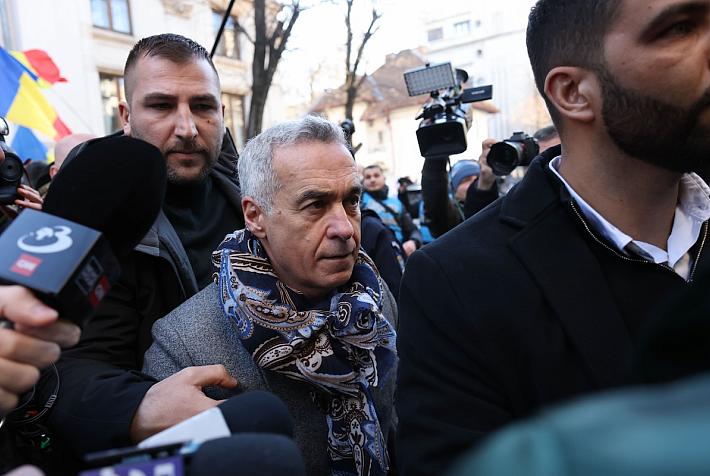EY counts 54% more FDI projects in Romania last year, particularly in manufacturing

FDI inflows to Romania decreased by 14% y/y in value to EUR 5.7 billion in 2024 (1.6% of GDP), more than the 11% y/y decline across Europe. But, against negative dynamics (-5% y/y) in Europe, the number of FDI projects in the country surged by 57% to 94, marking Romania's best performance since 2018, according to the EY Attractiveness Survey 2025.
By the number of projects, Romania climbed four places in the European FDI attractiveness index, moving from 17th to 13th, and claimed second place regionally among Central and Eastern European (CEE) countries.
Romania ranked second in CEE, behind Poland but ahead of Serbia and Hungary, which had outpaced it the year before.
While 58% of surveyed executives believe Romania's attractiveness will improve over the next three years, this figure is down from 67% the year before.
Investors continue to cite Romania's macroeconomic conditions as the leading risk, followed closely by geopolitical tensions, rising business costs, and political instability, cited most often by the executives among the top three concerns affecting Romania's attractiveness over the next three years.
Manufacturing remains central to Romania's FDI landscape, representing 41% of all investment projects in 2024, up from 40% in 2023. From a sectoral perspective, business support services (16%) and sales & marketing (15%) continue to attract interest, albeit with a more fragmented profile.
Other strong sectors include Consumer Products, Transportation Manufacturers & Suppliers, and Machinery & Equipment, each with nine projects, highlighting Romania's appeal as a manufacturing base. Software & IT Services, with seven projects, remains a vital component of Romania's digital economy, although its share has declined compared to previous years.
Electronics, which ranked second in 2023, fell to five projects, indicating a recalibration of momentum, though it remains relevant in semiconductor, smart metering, and industrial technology manufacturing.
However, the flow of FDI to Romania is dominated by reinvested earnings (only 4% is new equity investments, while 71% is reinvested earnings, with the remaining being loans), and the counting of "announced projects" seems to reflect plans rather than actual completed projects.
Among the largest nine "announced projects" mentioned in the EY report, we have identified at least three that are abandoned or have no clear outlook as of now: the EUR 960 million steel plant announced by Ussuri Capital (no clear location, possibly Constanta), the EUR 100 million factory announced by Tesla Energy Storage for Braila and the EUR 60 million car parts plant announced by Anton Häring for Siret. The steel and the car parts industries face increasingly difficult prospects in general while Tesla was expecting a EUR 41 million state grant (which probably failed to come).
These are encouraging signals that Romania continues to appeal to global investors, notably as a hub for nearshored services, manufacturing and regional logistics, EY concludes speaking of the rising number of projects announced..
"In the context of a challenging regional environment, this upswing is both timely and encouraging," according to the EY report.
Still, EY says it would be premature to declare a full recovery in Romania's FDI activity. While the number of FDI projects increased, the number of jobs created fell by 31% to 4,098 in 2024, pointing to a recalibration in the nature of investments; leaner, more capital-intensive (such as logistics centers, other real estate projects, expansion projects not necessarily followed by increased activity/employment). As investors grow more selective and focus on automation, innovation, and infrastructure over headcount, Romania must adapt its policy frameworks to support this new era of investment.
(Photo: Dreamstime)
iulian@romania-insider.com













